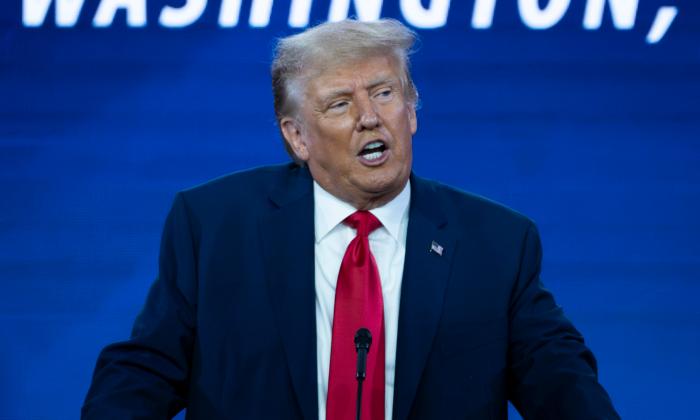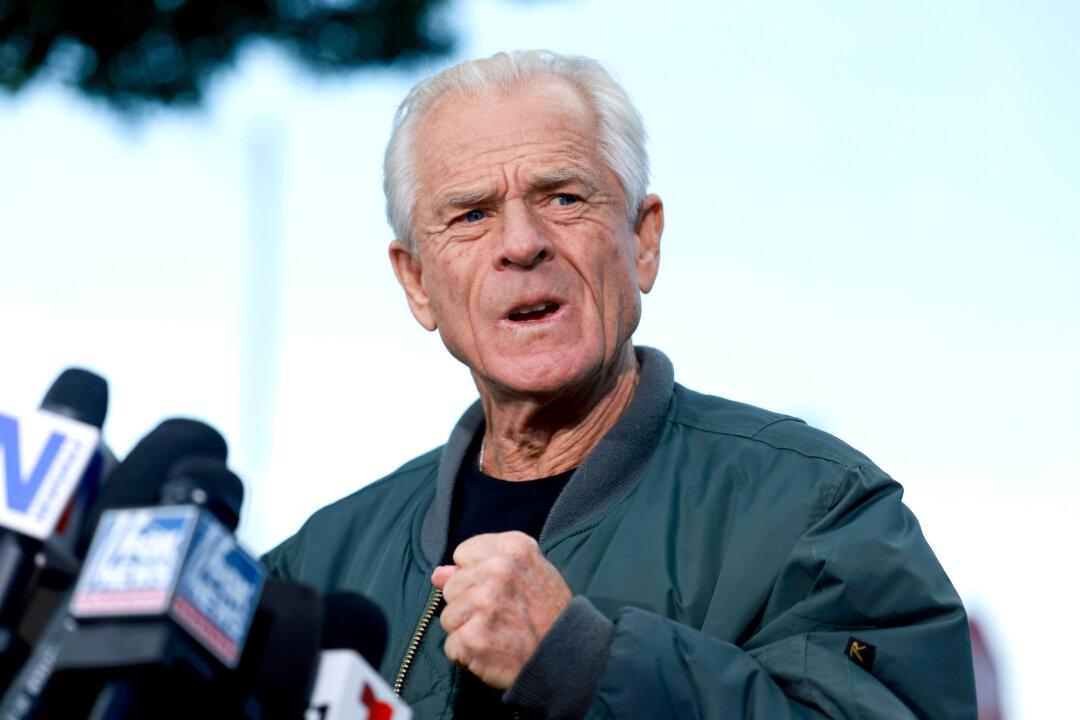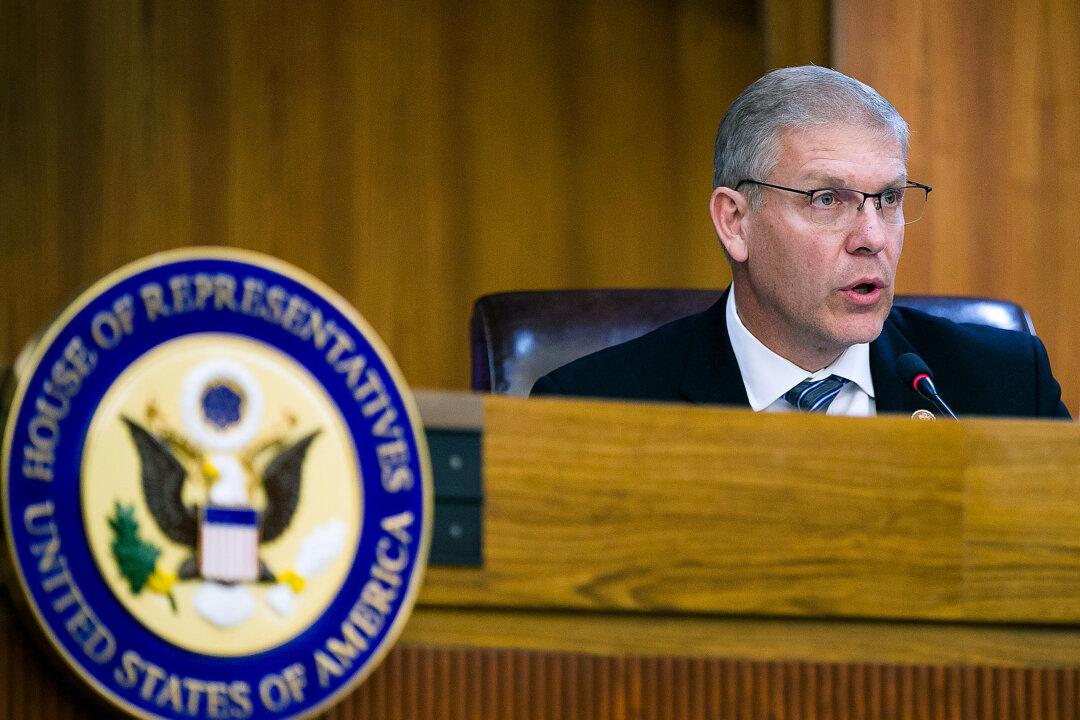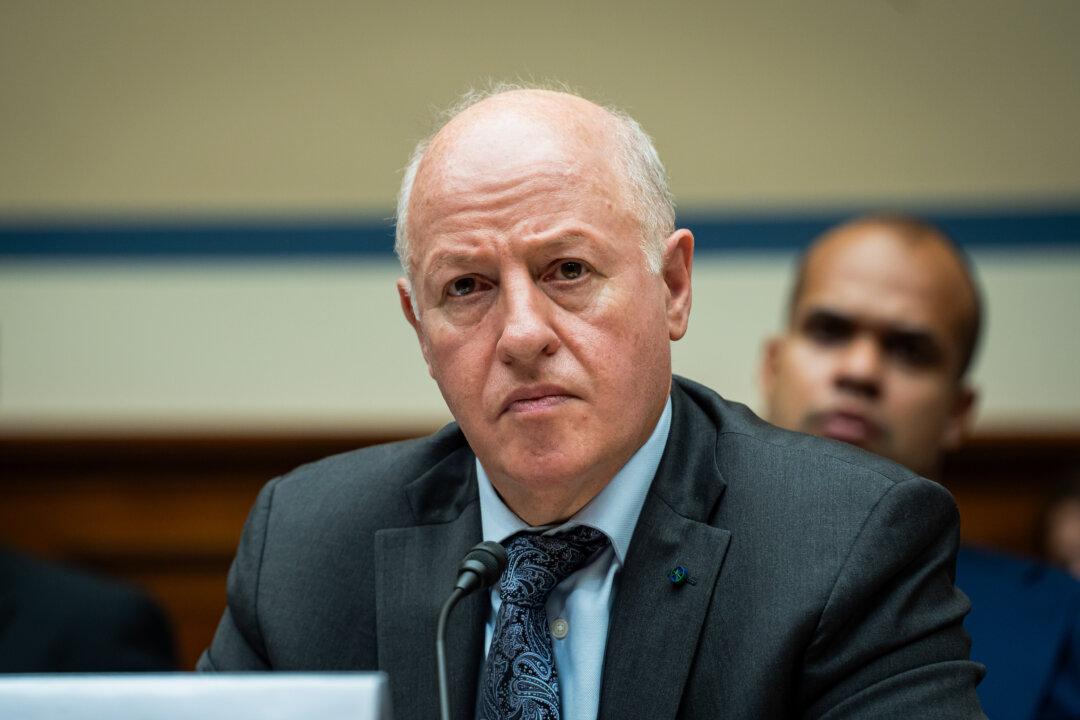Multiple U.S. agencies say they have found no signs that former President Donald Trump issued a “standing order” to declassify sensitive documents.
The Department of Homeland Security, the National Geospatial-Intelligence Agency, and the National Reconnaissance Office in the spring also said they don’t have any records of the alleged order.
And the Department of Justice said Thursday it also does not.
Trump’s campaign did not respond to a request for comment.
Some of the agencies had resisted answering on the record whether they possessed the records after being sued by the American Civil Liberties Union and Bloomberg News. An FBI official, for instance, said that disclosing the existence or nonexistence of the alleged order “could reasonably be expected to hamper and interfere with the pending investigation.”
Trump has been charged with violating federal laws in relation to his handling of materials with classification markings.
U.S. District Judge Denise Casper, an Obama appointee, rejected the resistance in a recent order, which led to the new disclosures.
Casper noted that several agencies had already disclosed they did not have records on the alleged order.
The claim from Michael Seidel, the FBI official, “is silent as to how additional confirmation from Defendants would lead to any interference with the FBI’s investigation, where multiple other agencies have already disclosed the non-existence of responsive records in their respective possession,” she wrote. Casper added that Seidel had not outlined any alleged interference or harm that happened in light of the disclosures.

‘Standing Order’ Claim
Journalist John Solomon, who was tapped by Trump as one of the former president’s representatives to the National Archives and Records Administration, conveyed a statement in 2022 on Fox News that Solomon said came from Trump’s office.The statement said that Trump “had a standing order … that documents removed from the Oval Office and taken to the residence were deemed to be declassified the moment he removed them.”
The statement was referring to taking documents from the White House to Mar-a-Lago, Trump’s resort in Florida.
Trump has offered similar statements himself, including saying during a town hall that the documents with classification markings “become automatically declassified when I took them.”
Kash Patel, a former Trump administration official who hosts an EpochTV show, has said Trump had the power to declassify documents verbally.
That view has been backed by some, including former federal prosecutor Charles Stimson, and challenged by others, including former Bill Clinton chief of staff Leon Panetta.
“The reality is, that there is a process for declassifying information,” Panetta, also a former CIA director, said during an appearance on CNN. “If presidents want to declassify, they have to follow that process which basically requires that it be referred to the agencies that are responsible for classifying that material. They have something to say as to whether or not that material should be declassified. So there is nothing that I’m aware of that indicates that a formal step was taken by this president to in fact declassify anything.”
According to the Congressional Research Service, some experts have interpreted presidents as having “virtually plenary authority to control classified information.”
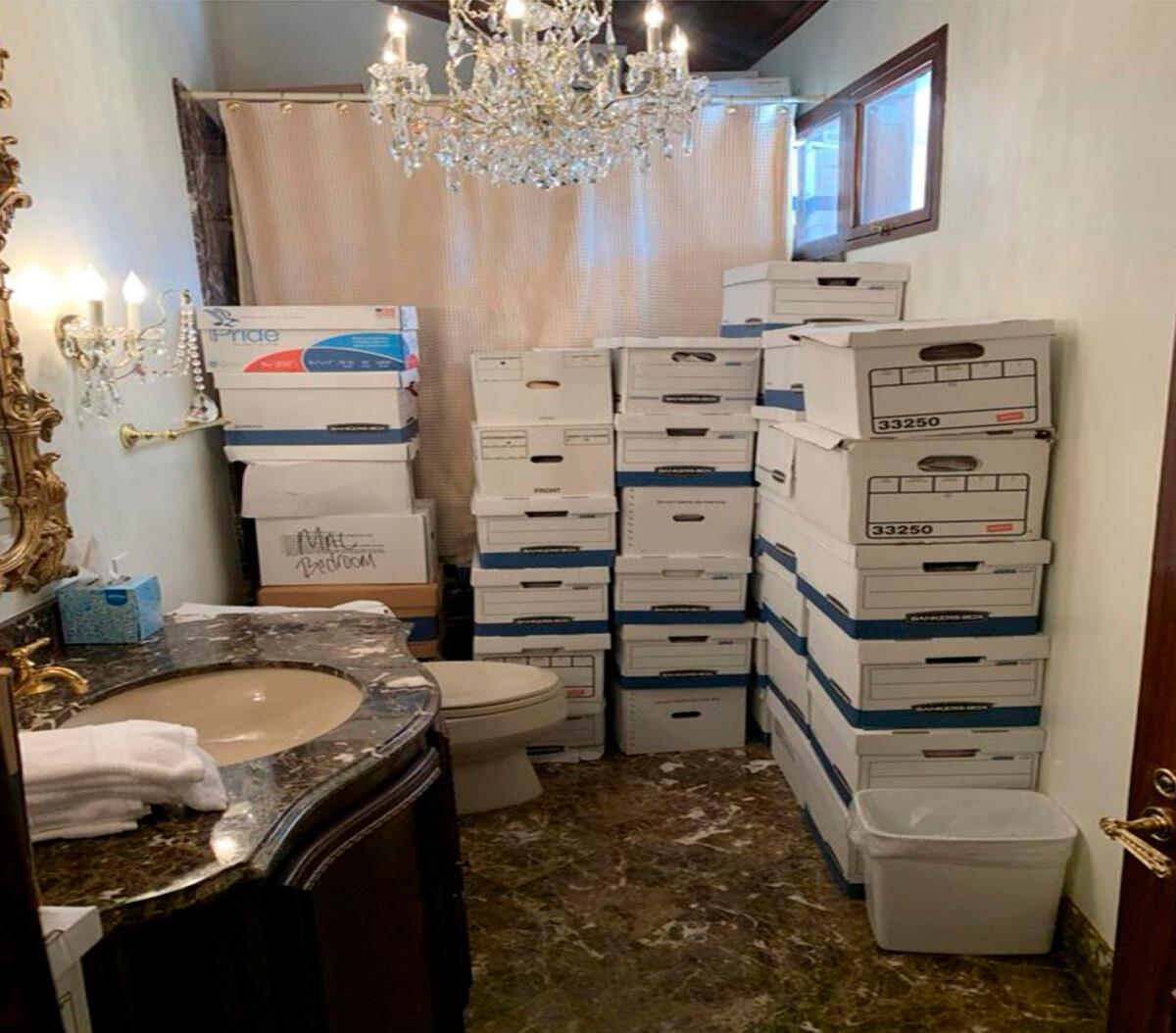
Criminal Case
Trump handed over some records to the Archives in 2022, about a year after he left office. Among them were records marked classified, prompting the Archives to refer the matter to the Department of Justice. That ultimately led to an FBI raid on Mar-a-Lago.During the search warrant execution, agents recovered a number of documents with classification markings, according to court filings.
That prompted Trump to allege he had declassified the materials before he departed office.
Trump, “without authorization,” retained documents related to national defense, including a document dated May 3, 2018, about an intelligence briefing related to foreign countries, according to the indictment. Other documents outlined the projected military capabilities of several foreign countries.
Special counsel Jack Smith, who presented the charges to a grand jury that approved them, said in prepared remarks after the charges were unsealed that “laws that protect national defense information are critical to the safety and security of the United States and they must be enforced.”
He added, “Violations of those laws put our country at risk.”
Trump has said he’s innocent and pleaded not guilty.
